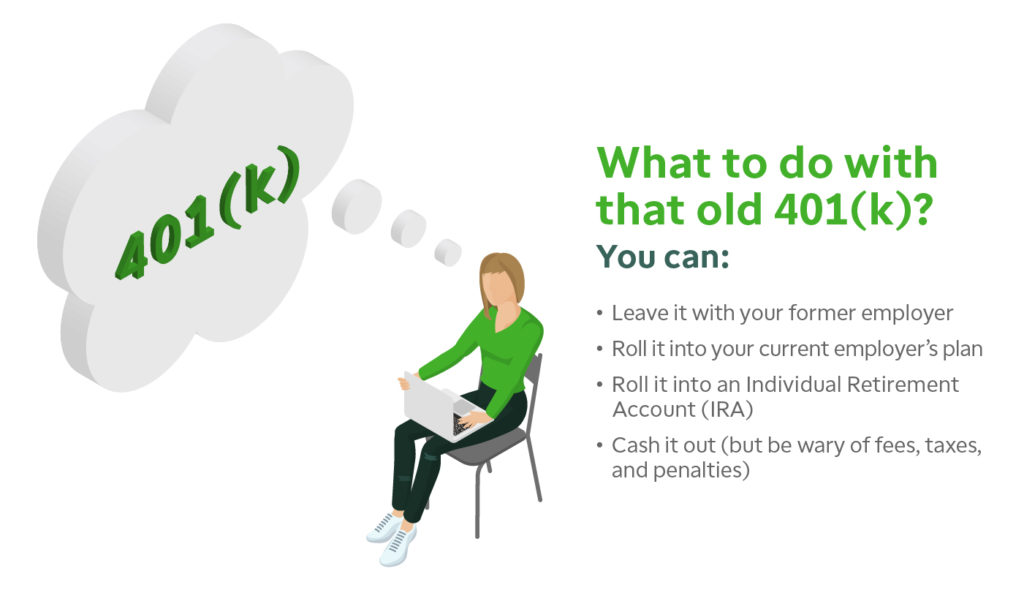When considering to rollover a 401k review the following:
1. What are my investment choices?
Not all retirement accounts provide the same investment options. Some 401(k)s and 403(b)s offer a menu of investments, chosen by the plan’s administrator—typically, mutual funds. Some include lower-cost, custom funds not available outside the employer-sponsored plan, and company stock. Depending on your plan and your goals, it may make sense to keep part of your savings with your previous employer to take advantage of low-cost funds.
For people with company stock that qualifies for net unrealized appreciation treatment, the rollover decision can be very important. Be sure you understand the steps required to qualify for this tax break before you make a move.
Some investors may find the investment options in an employer-sponsored plan limiting, but some plans offer a self-directed brokerage option that allows access to brokerage investment options. Of course, in an IRA with Davis Capital Management, your investment choices are wide open. These accounts typically provide access to thousands of mutual funds, exchange-traded funds, stocks, bonds, and other investments.
Whatever you decide, make sure that you choose an account option that meets your investment needs.
2. How much are fees and expenses?
Financial services companies have dramatically reduced fees on accounts, investments, and trading in recent years. Evaluating fees charged on your accounts and investments still makes good sense even though the comparison between fees on an IRA and a 401(k) may not be as significant a differentiator as it once was.
After you leave your job, some 401(k) or 403(b) plans may also charge annual or quarterly account recordkeeping fees.
On the IRA side, some providers offer an account with no maintenance fee or annual cost. Be sure to look at the expense ratio on mutual funds or ETFs plus any potential loads—or sales charges. A lot of the time you could get personalized financial advice with our team at Davis Capital Management at a cost lower than what you are currently paying.
3. When do I expect to need the money?
Workplace retirement plans and IRAs may have different rules for withdrawals. For example, sometimes a 401(k) or 403(b) won’t be subject to required minimum distributions (RMDs) while you’re still working.
• If you plan to continue working after age 72,* you might consider a rollover to your new employer’s plan.
• If you’re age 55 or older when you leave your job, and you don’t plan to go back to work, you might consider leaving the money in your old 401(k), which may allow you to take penalty-free distributions, even if you haven’t reached 59½ yet. (Taxes will still apply.) You should contact your plan administrator for rules governing your plan.
4. Is convenience important?
Having your retirement savings in one place could make it easier to track and manage your investments, evaluate fees, and manage distributions in retirement—particularly if you have more than one old workplace retirement account. If you prefer to manage all your finances in one place, you might consider consolidating your savings in a new employer’s retirement plan or an IRA.
Everyone has different needs and circumstances. Regardless of your unique situation, make sure to consider costs, investment choices, service, convenience, and other factors, to help determine what may be right for you. Be sure to consider all available options before moving your retirement assets.
Want to learn more? Give us a call and we would be happy to help you form your custom financial plan.

